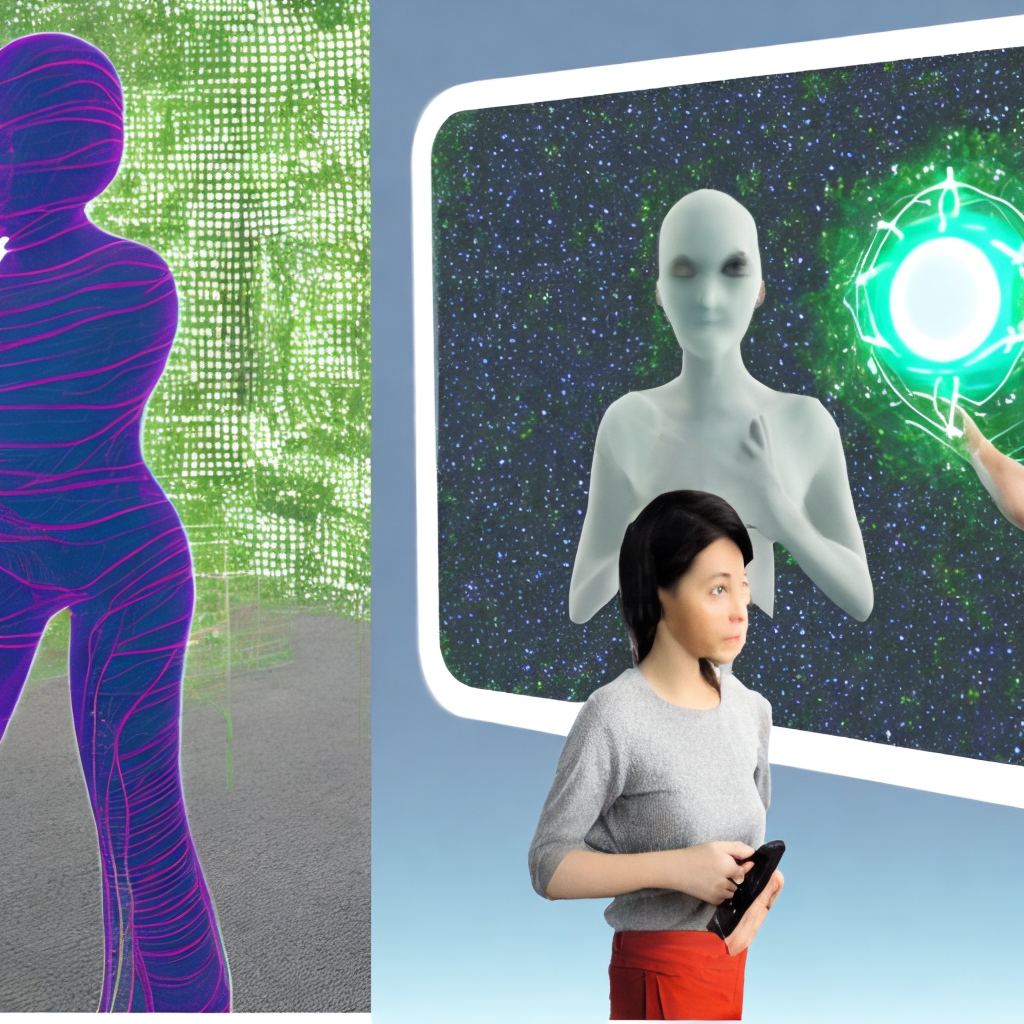
Nvidia’s Jensen Huang delivered an inspiring video message at the recent ITF World conference in Antwerp, Belgium. He explained that the first wave of AI focused on learning perception, while the second wave revolves around understanding and generating information. According to Huang, this new wave is revolutionary due to its ease of use and incredible capabilities. More than a thousand startups are currently inventing new applications for generative AI.
Huang envisions the next wave of AI as embodied AI, referring to intelligent systems that can understand, reason about, and interact with the physical world. He provided examples such as robotics, autonomous vehicles, and even chatbots that are smarter because they possess an understanding of the physical world.
Avatars
This concept led me to contemplate avatars. In Sanskrit, the term “avatar” literally means “descent.” According to Wikipedia, it signifies the material appearance or incarnation of a powerful deity, goddess, or spirit on Earth. In a virtual environment, an avatar represents a human being. However, artificial intelligence can also manifest as a digital avatar in a virtual world or as a physical avatar in the real world. As an embodied AI, it can learn by interacting in the physical world and acquire new meaning for us. Rather than being a relatively limited and specialized robot, it would possess a more generalized intelligence. We catch glimpses of this potential when we interact with our new generative AI helpers.
When discussing the “physical world” in this context, we are actually referring to a physical world enhanced with digital objects. It will be a mixed reality world where digital objects interact with physical ones, and we can manipulate them. These digital objects can persist alongside physical structures, existing not only when we look at them or use a specific device.
Holograms
On the other hand, avatars of fellow human beings in virtual worlds will not necessarily be cartoonish. They could very well resemble highly realistic holograms in virtual environments, either fully immersing us or allowing us to maintain a connection with our physical surroundings. From these virtual worlds, we will be able to interact with and manipulate the “physical” reality, potentially with the assistance of embodied avatars powered by artificial intelligence.
In summary, the concept of the metaverse expands to such an extent that it merges with “reality” itself, erasing the boundaries between the virtual and the physical, fully intertwining them. As we reach this point, the term “metaverse” will no longer be used; it will merely serve as a representation of how humans once perceived these ideas.

